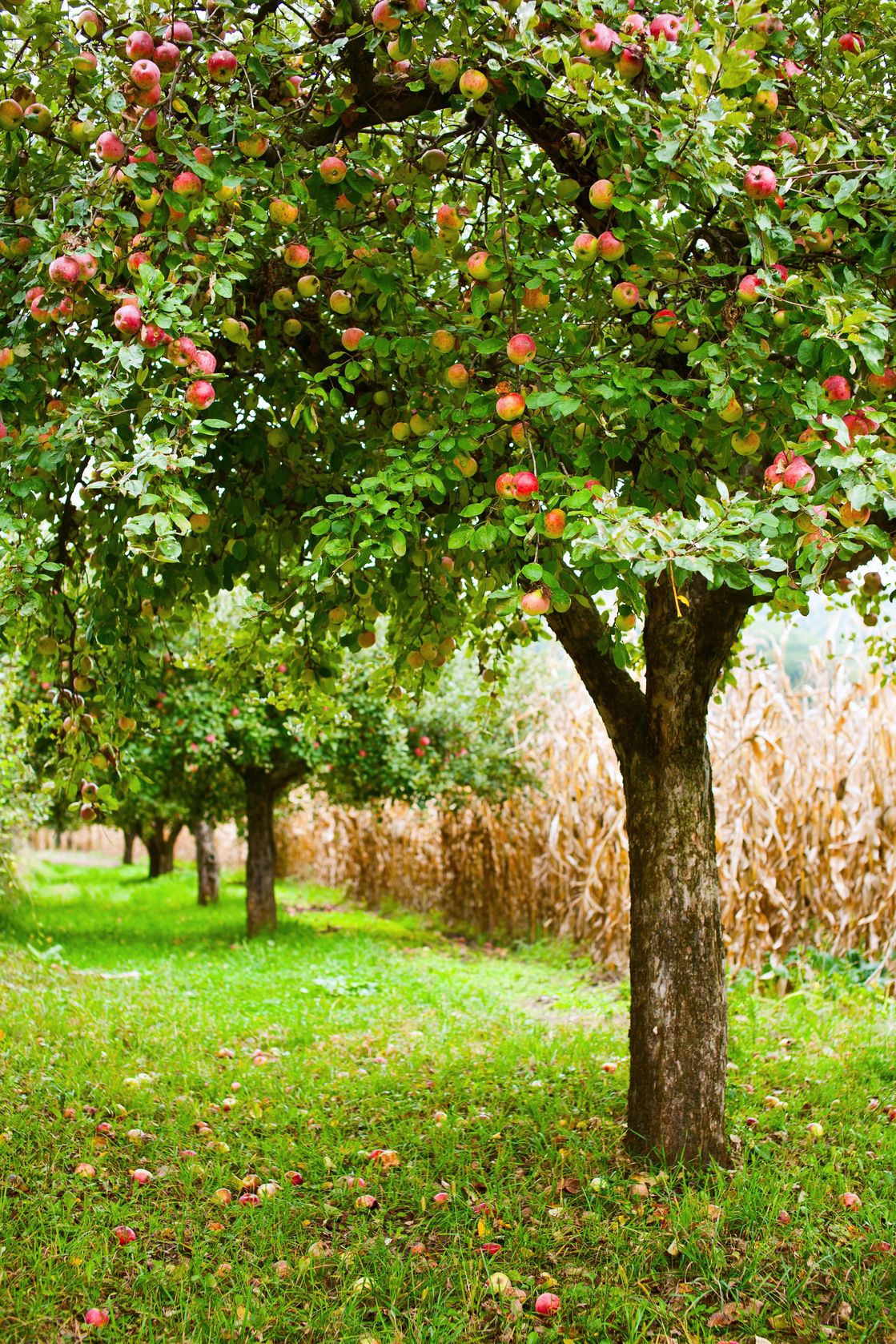 Back to the Be Inspired Blog
Back to the Be Inspired Blog

Fruit Trees: What to Grow and How to Prune Them
Doesn’t it sound great to be able to walk into your own garden and pluck your own sun-ripened fruit ripe from the tree?
If you have only enjoyed store-bought plums, you will not believe the difference in flavor when you grow your own; they're so much better! SummerWinds also has a selection of apples, cherries, peaches, nectarines, pears, almonds and more on single fruit variety bearing trees.
How to Plant Bare Root Fruit Trees
Try planting three trees in one hole, 18 inches apart from each other, in a triangle. Each variety will grow on its own root stock, making the trees stronger while taking up the same amount of space in your garden as one fruit tree.
Advantages to Purchasing and Planting Bare Root Fruit Trees
- Bare root fruit trees are much lighter to ship than trees that come with heavy soil attached to the roots. That savings is passed along to you!
- They are easier for customers and landscapers to transport
- Bare root fruit trees have the advantage of growing in your native soil, rather than transitioning between dissimilar soils
- The best time to plant them is now—when you aren't burdened by other gardening tasks
How to Properly Prune Your Fruit Trees
The best time to prune your fruit trees is when they are dormant; you can see what you are doing and remove all of the resting buds, which helps the remaining buds become stronger. Summer pruning can lead to slow ripening and exposes the fruit to sunburn. While it is true that pruning best practices can be specific to the type of fruit tree, these 3 simple steps will work for most:
Step 1: Clean Up – Start by pruning away any wood that is dead, damaged or diseased
- Remove any sprouts (suckers) coming from the base of the trunk.
- Remove any perfectly vertical branches or "watersprouts" that may be growing from the main branches.
- Prune the branches back so they are flush to the larger limb they are growing from — don't leave little stubs.
Step 2: Thin Out – The object of thinning is to allow more light and air in, which will boost fruit production and reduce pests and diseases.
- Remove any branches that grow downward, toward the center of the tree or that cross paths with another branch. The goal is to have evenly spaced branches splaying out in a pleasing, fractal-like pattern from the center.
- Thin out where there are multiple branches competing with each other. You might find two or more growing from a single crotch at a narrow angle. Retain the branches with the healthiest appearance and best crotch angle. Wide angles can break with fruit.
- Continue to thin the tree until there is a good 6 to 12 inches of air space around every branch. The smaller the branches are, the closer they can be to each other. All clean up cuts should be made flush to the branch.
Step 3: Slight Trim – This is the easiest step. Think of it as giving your tree a haircut.
- Cut off at least 20% to 30% of last year's growth. You can distinguish last year's growth from two-year-old growth by the wrinkly ring of bark encircling each stem. Depending on the tree, this may be anywhere from 2 inches to 4 feet back from the tip of each branch. These cuts will be made part way into each branch. Prune each branch back to a point one-quarter of an inch above a bud that faces the direction you want that branch to grow in the coming year.
Growing Your Own Fruit Trees
There isn’t much better than to step into your own yard and pick delicious fruit for yourself. Growing bare root fruit trees and knowing how to properly prune them will help you have a successful plant for years to come.
Do you still have questions on planting fruit trees? Visit your local SummerWinds Nursery to talk to one of your garden experts today! Our garden coaches are also happy to meet with you to help you plant and grow a flourishing garden.

